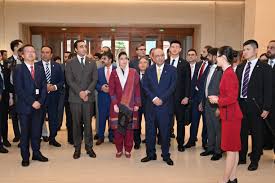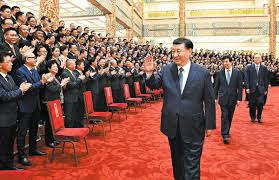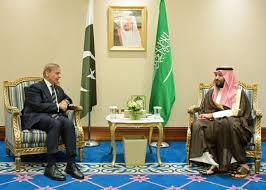The Situation of Women in Pakistan

The status of women in Pakistan varies considerably across classes, regions and the rural/urban divide due to the uneven socioeconomic development and the impact of tribal and feudal social formations on women’s lives. Overall, improvements in women’s rights are spreading through Pakistan and an increasing number of Pakistani women are educated and literate. Religious groups and civil society are increasingly denouncing violence against women. The All Pakistan Ulema Council (the largest groups of religious clergy in Pakistan) have issued a Fatwa against honour killings. Courts have answered the call by women’s rights advocates throughout the country and delivered harsher punishments for violent crimes against women.
The preamble of the constitution of Pakistan supports democratic principles and guarantees fundamental rights of all citizens. Under Pakistan’s Ordinance, women were granted suffrage in 1947 and this right has been reaffirmed in the national elections of 1956 under the interim Constitution. One of the most well-known examples of female political leadership in Pakistan is the two time female Prime Minister Benazir Bhutto. In 1988, Bhutto won the elections and became the first woman to be elected as the head of an Islamic state government. However, many women in Pakistan still face social, religious, economic and political obstacles, which prevent them from exercising their political rights as voters, candidates and election administrators. Gender Concerns International stresses that women’s disengagement from socio-political affairs leads to an unfair and unbalanced governance system, impeding the country’s development as a truly inclusive democratic nation. An example is the parliament, which since 2013 has only 20.6 per cent (70 out of 340) of women in the lower house, whilst in the upper house this percentage is even lower at 18.3 per cent (19 out of 104).
With the upheaval in Afghanistan during the early 2000s, the Taliban and many of its fighters sought refuge within the borders of Pakistan. They enforced strict codes of conduct in the areas they controlled, restricting the freedom of women. One of the restrictions has been to ban girls from attending school. This action worsens the already lacking education system in Pakistan, with over 5.5 million primary school-aged children out of school of which 63 per cent are girls. According to a UNESCO 2014 report, Pakistan has the second highest number of out-of-school children in the world. While the government of Pakistan has legislated education for all, Gender Concerns International and other NGOs have noted that education remains drastically under-funded at only 2.5 per cent of the country’s GNDP in 2013, despite a government commitment of 4 per cent. In recent years, the plight of girls’ education has been highlighted by various NGOs, action groups and notably by Malala Yousafzai, who was shot by the Taliban in 2012 for attempting to attend school.
In 2014, the gender gap report from the World Economic Forum ranked Pakistan 141 out of 142 countries. To the concern of Gender Concerns International and many other NGOs, it has been noted that women are often in positions of less power relative to men. Women are generally excluded from decisions on how honour issues should be resolved. In recent years, there has been some progress, notably the Punjab Protection of Women against Violence Bill in 2015. But this bill is far from satisfying and very limited in its scope, especially on the issue of domestic violence. Gender Concerns International is however hopeful that further engagement with such initiatives can lead to positive effects on women in Pakistan.





